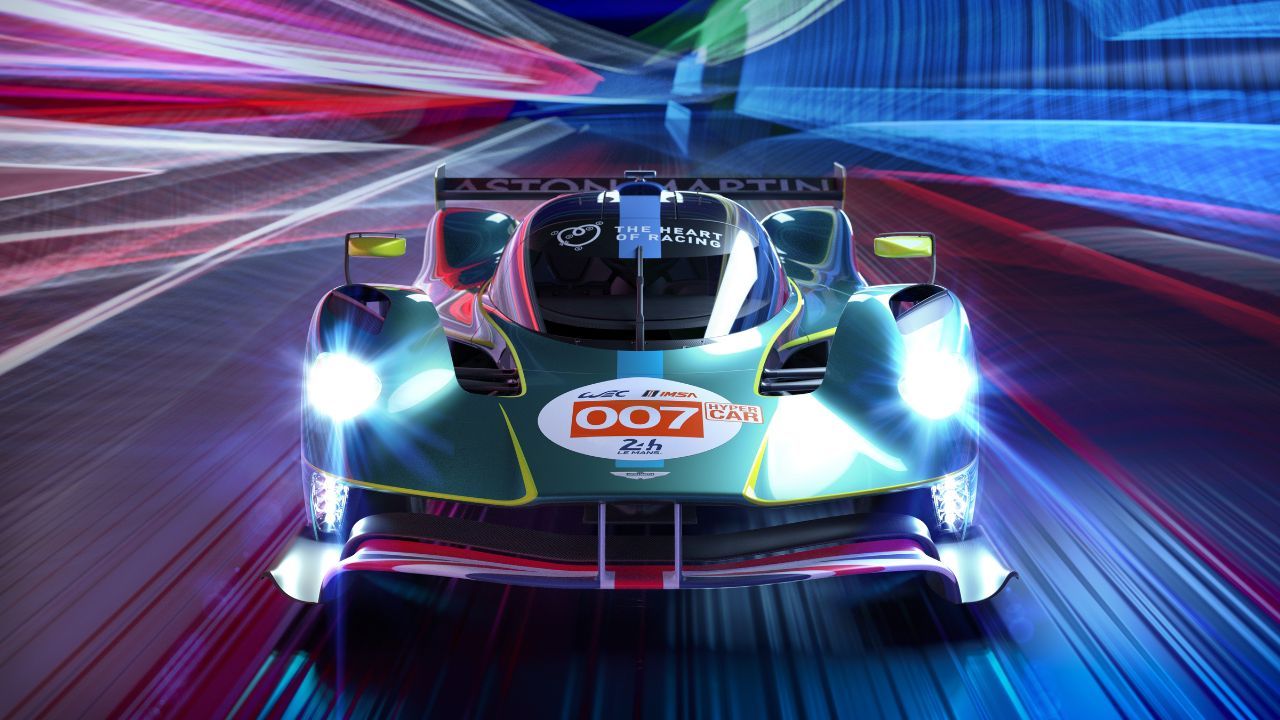
Aston Martin is set to return to the Le Mans 24 Hours race in 2025, marking their first serious attempt at winning the event since 2011. This comeback follows almost four years of absence from top-level endurance racing after initially shelving their ambitions in the Hypercar class. Aston Martin has received approval to participate in both the World Endurance Championship and the IMSA WeatherTech SportsCar Championship in North America, committing to at least one car in each series. There is even the possibility that Aston Martin may enter two Valkyrie race cars, both powered by V12 engines, into the prestigious 24 Hours of Le Mans as part of a more extensive campaign. In the IMSA series, Aston Martin holds the distinction of being the first manufacturer to introduce an LMH (Le Mans Hypercar) challenger to compete against the formidable LMDh (Le Mans Daytona hybrid) vehicles. Aston Martin's last significant bid for Le Mans glory was in 2011 when they fielded the AMR-One LMP1 vehicle, engineered by the Prodrive-led Aston Martin Racing team.
Also Read: WEC: Toyota to field Hydrogen Powered GR H2 Prototype at Le Mans 2026
WEC: Aston Martin’s Le Mans History
Aston Martin was built on the back of sports car racing. Having made its debut at Le Mans only five years after the inaugural race in 1923, its name has grown synonymous with the pinnacle of endurance racing success. The classic DBR1, driven by Roy Salvadori (GBR) and Carroll Shelby (USA), won the race outright in 1959, and since then, cars bearing the Wings have won no fewer than 19 class triumphs at the prestigious French event.
Over the course of 95 years and 27 different chassis and engine combinations, more than 240 drivers have competed in Le Mans with Aston Martins.
Lawrence Stroll, Executive Chairman of Aston Martin Lagonda, said: "Performance is the lifeblood of everything that we do at Aston Martin, and motorsport is the ultimate expression of this pursuit of excellence. We have been present at Le Mans since the earliest days, and through those glorious endeavours we succeeded in winning Le Mans in 1959 and our class 19 times over the past 95 years. Now we return to the scene of those first triumphs aiming to write new history with a racing prototype inspired by the fastest production car Aston Martin has ever built."
Also Raed: WEC: Alpine A424_β Marks French Brand's Comeback to Top Tier Prototype Endurance Racing
WEC: About Aston Martin Valkyrie
While other Aston vehicles opt for a tasteful, understated aesthetic, the Valkyrie strikes out in a new direction with its extravagant design for the company.
A fire-breathing Cosworth V12 engine with a hybrid system powers the Valkyrie. The 6.5-litre V12 Cosworth engine produces 1,000bhp and 740Nm of torque on its own, but the battery hybrid system adds another 160bhp and 280Nm of torque. The combined output of the Aston Martin Vakyrie's hybrid drivetrain is 1,160bhp, with peak torque reaching 900Nm.
Technical partners Integral Powertrain Ltd (who supplied the electric motor) and Rimac (who designed the lightweight hybrid battery system) collaborated on the Valkyrie's hybrid system, which is an F1-inspired KERS (Kinetic Energy Recovery System) arrangement.
Aston Martin claims a 0-100km/h time of 2.5 seconds and an electronically controlled top speed of 354 km/h for the Valkyrie.

























Write your Comment